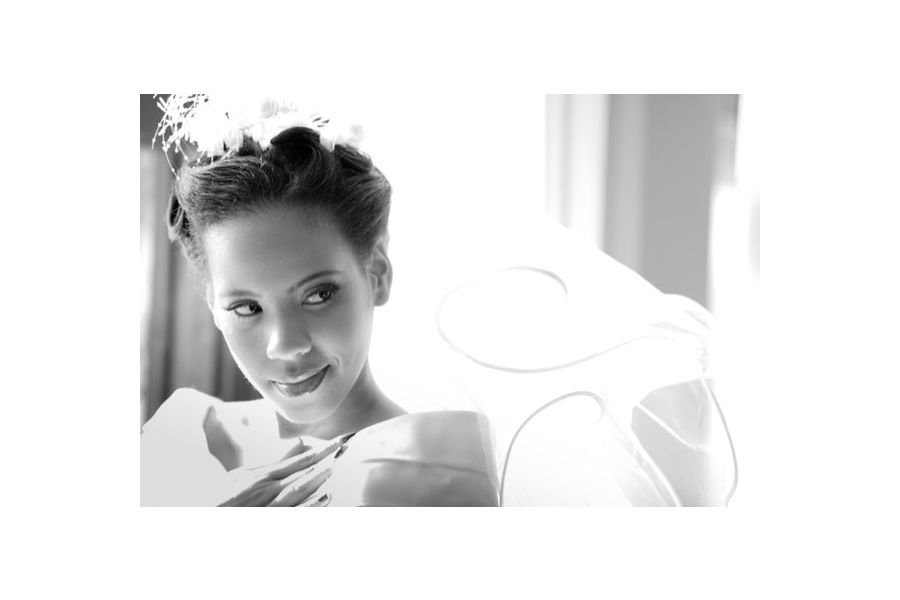Hail the Veil

Once upon a time, wedding veils often held a ritualistic function, such as protection from evil spirits or a means of preventing the couple from seeing each other until the deal was sealed in an arranged marriage. Nowadays, a modern bride-to-be might choose to don one simply because it adds that extra oomph to her ensemble.
Of course, proper etiquette certainly allows a bride to go without if she so wishes; however, according to TheKnot.com's 2009 Bridal Fashion Study, 70-percent of brides do opt to wear one, even if it's only a coquettish asymmetrical face blusher.
"With more white on the red carpet and the influence of the red carpet on wedding gowns, the boundaries between high fashion and bridal are blurred more now than they were 10 years ago," says Sara Gabriel, owner and designer for Sara Gabriel Veiling & Headpieces. "But a woman could be wearing jeans and a T-shirt and if you put her in a veil, it says bride."
If you feel like your fairy-tale wedding would never be complete without at least a little tulle cascading from your tresses, this is the guide for you.
What to Wear With Your Dress
According to Gabriel, each veil must match two personalities: first, the bride - whether she is formal, funky, casual, etc. - and second, the personality of the dress. There is usually some embellishment on the dress or detail about the fit that will knock a few veils out of contention. "Essentially it all boils down to proportion," says Gabriel. "It's similar to the maxim regarding makeup - if you have smoldering eyes, then go with a neutral lip, and vice versa." Therefore, if you have a big, heavily detailed Reem Acra dress encrusted with jewels, then opt for the simplest veil possible. But if you have an A-line, strapless, simple silk Dupioni dress, feel free to go hog wild with the veil. Just keep it proportionate to your dress - short-short, long-long.
You should also consider what you want to show off. "If your dress has amazing back detail, you will want to wear something sheer or short," says Heather Levine, fashion and beauty editor for TheKnot.com. And if you have a heavily embellished waistline, you don't want to wear something that falls at the waist or it will compete.
"You want your veil to look intentional," Gabriel says, "and to, ideally, take a back seat to your beloved gown."
Tips for Shopping
Most veils are handmade, thus you should allow enough time (about two months) to ensure your veil arrives for your hair trial. Try to get your veil at the same place where you buy your dress so that you can try them on together, advises Gabriel. You want to be sure that the dress and the veil look appropriate together and that the two "whites" match. If you are acquiring your veil from a different store, bring your dress, see if you can borrow the sample or, at the very least, bring a picture.
"Also, when trying on veils for the first time, try to have your hair styled in a similar fashion to the look you plan on wearing at your wedding," Gabriel adds. There's no need to have it professionally done. Just put it in a simple bun, pile it on top of your head or let it hang loose so that you know exactly how the veil will need to be attached.
And while you may already know to select a veil that suits the shape of your face, you should also turn and look at yourself from behind. "The blusher may look great in the front, but the veil could fall at an unflattering length in the back," says Levine. "Remember that at the ceremony, most people are really only going to see you walking away."
© Brides365